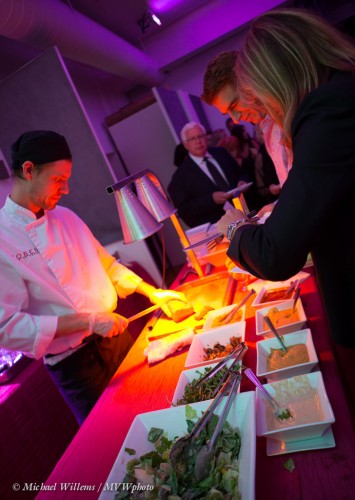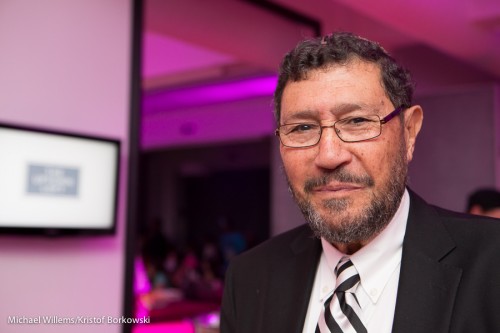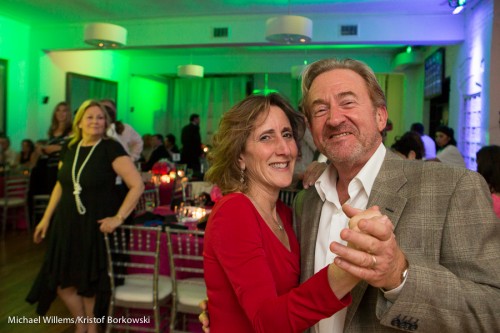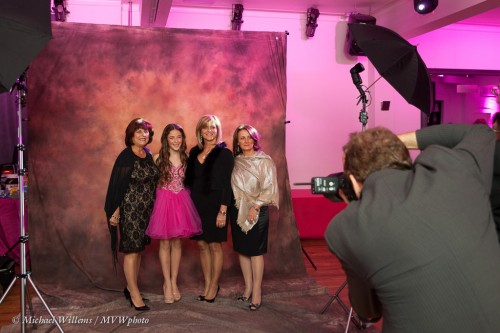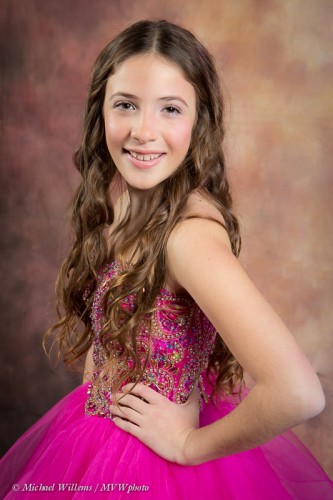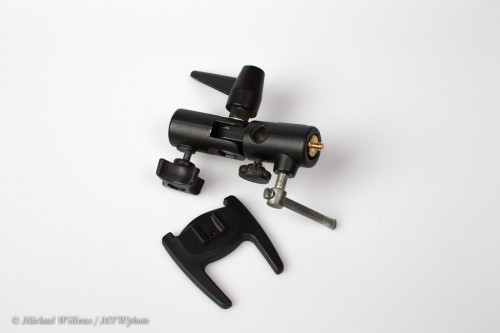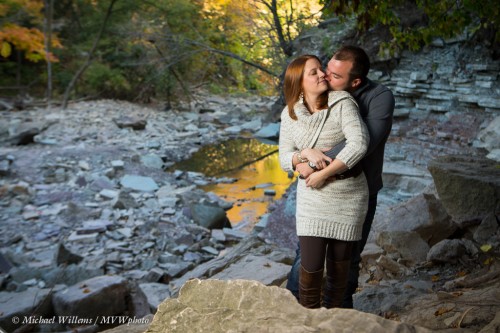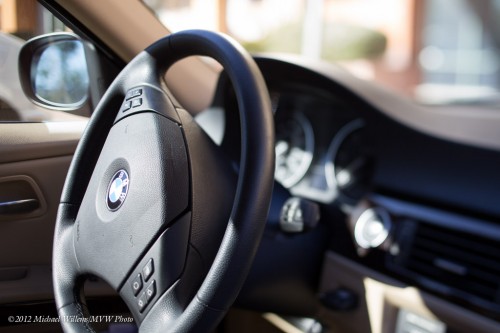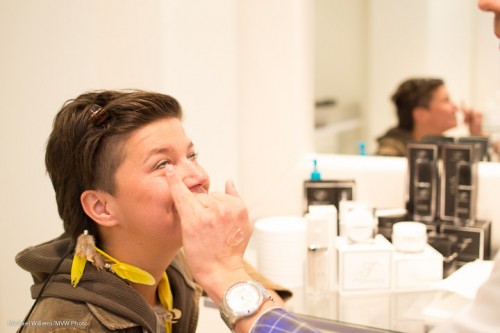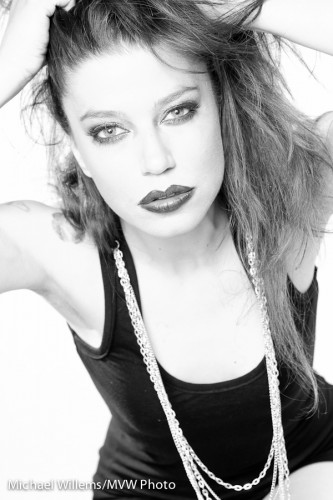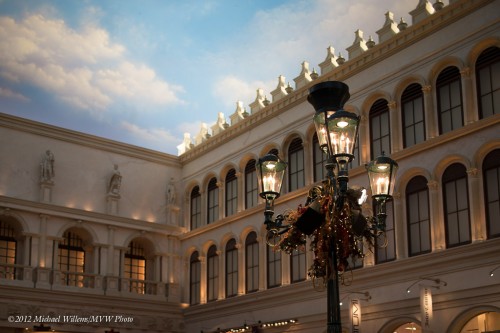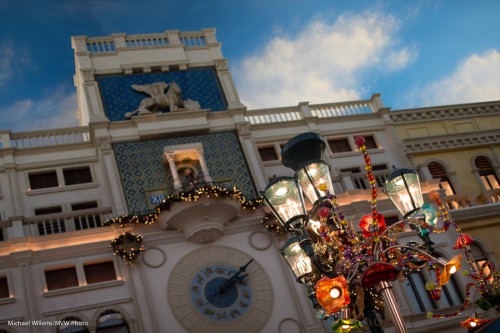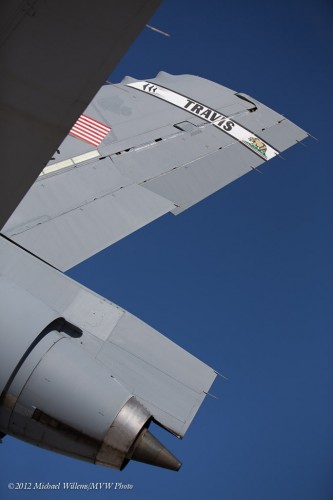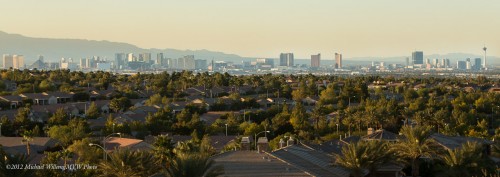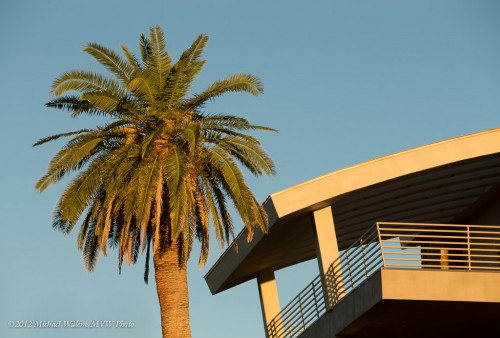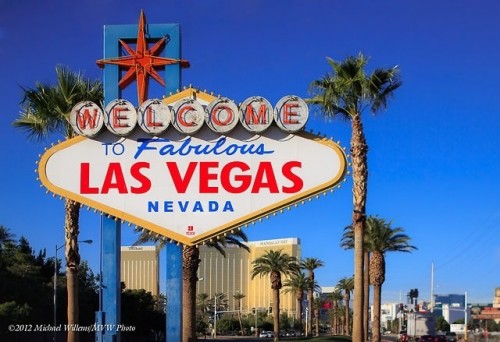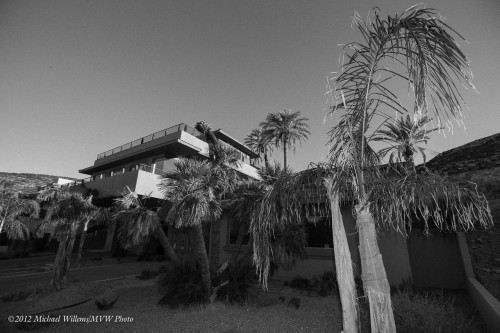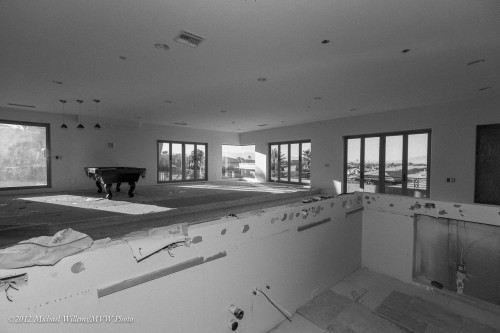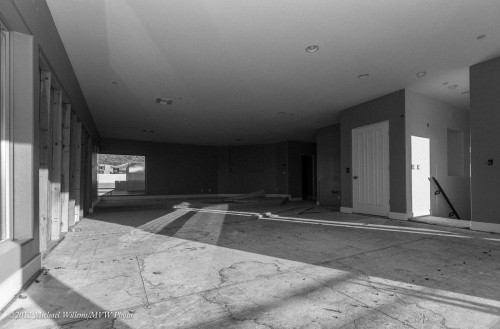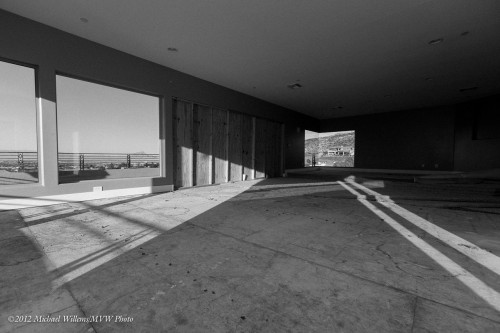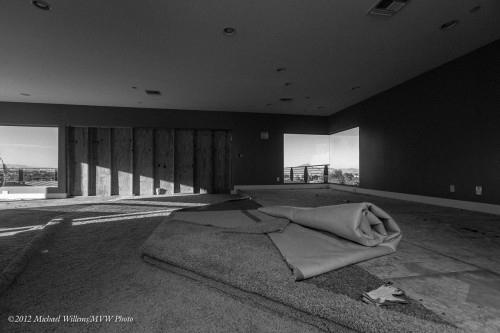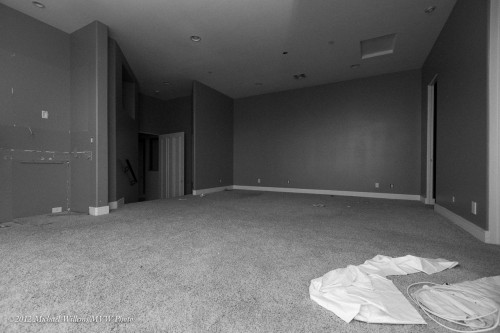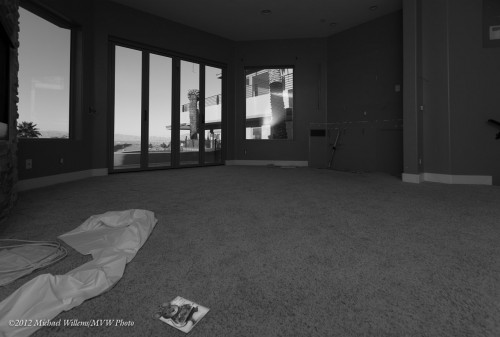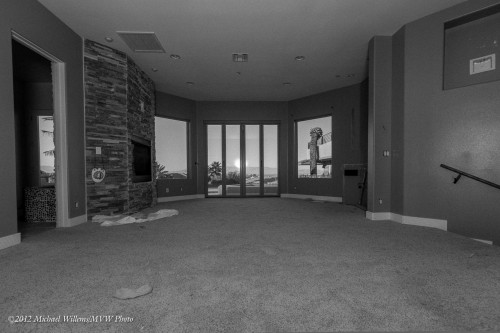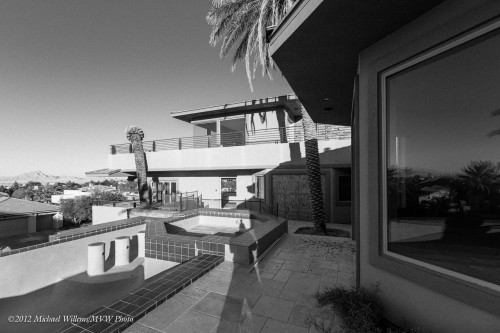Party time. You have read about it here before, many times, but let me reitereate something.
Consider these three good (if I say so) recent party shots (made during a Bat Mitzvah party):
What do they all have in common?
I’ll help.
- ONE: they are flash shots.
- TWO: They are not DIRECT flash shots – the flash is bounced off something, somewhere.
- THREE: The background is well exposed for all three. A little darker than the foreground, but only a little (say, 1-2 stops).
And as regular readers know – we start with step three. Always start with the background. Indoors, start with the Willems 400-40-4 rule (400 ISO, 1/40th second, f/4) and then change ISO as needed for a good background.
Then – and on;y then – worry about the flash. Use flash exposure compensation if needed. Higher ISO if you need more flash range (e.g. for high ceilings). Move if needed to get a bounce surface.
OK, your challenge: go take a few shots like this. The festive season demands it!

